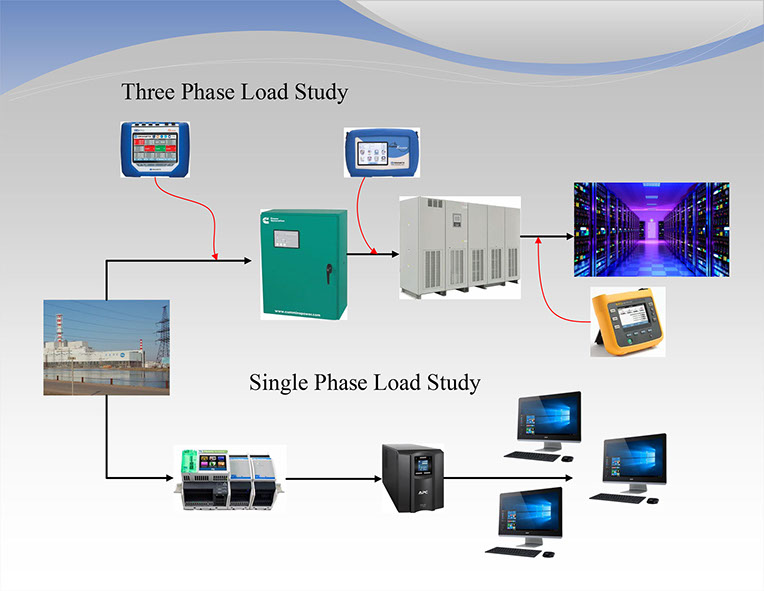
Office: (925)207-0439


220.87 Determining Existing Loads. [NEC 2020]
The calculation of a feeder or service load for existing installations shall be permitted to use actual maximum demand to determine the existing load under all of the following conditions:
1. The maximum demand data is available for a 1-year period.
Exception: If the maximum demand data for a 1-year period is not available, the calculated load shall be permitted to be based on the maximum demand (measure of average power demand over a 15-minute period) continuously recorded over a minimum 30-day period using a recording ammeter or power meter connected to the highest loaded phase of the feeder or service, based on the initial loading at the start of the recording. The recording shall reflect the maximum demand of the feeder or service by being taken when the building or space is occupied and shall include by measurement or calculation the larger of the heating or cooling equipment load, and other loads that may be periodic in nature due to seasonal or similar conditions.
2. The maximum demand at 125 percent plus the new load does not exceed the
ampacity of the feeder or rating of the service.
3. The feeder has overcurrent protection in accordance with 240.4, and the
service has overload protection in accordance with 230.90.
Additional loads may be connected to existing services and feeders under the following conditions:
1. The maximum demand kVA data for a minimum 1-year period (or the 30-day alternative method from the exception) is available.
2. The installation complies with 220.87(2) and 220.87(3).
In addition to the above demand requirement the NEC also specifies that service circuit breaker loading may not exceed 80% of its rated capacity. In making this determination it is necessary to determine the continuous load.
ARTICLE 100 Definitions. [NEC 2020]
Continuous Load. A load where the maximum current is expected to continue for 3 hours or more. (CMP-2) The calculations for the circuit breaker loading are accomplished by the following:
OCPD = 125% of continuous load + noncontinuous load.
Note: The OCPD (Over Current Protective Device) can only be loaded to 80% of its rating or must be sized to 125% of the connected load.